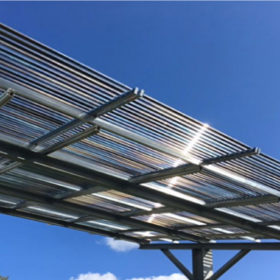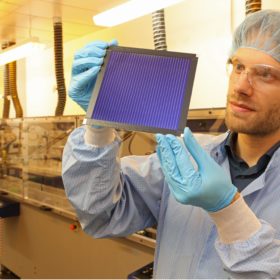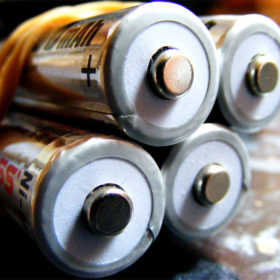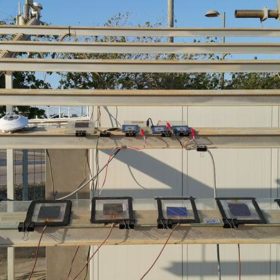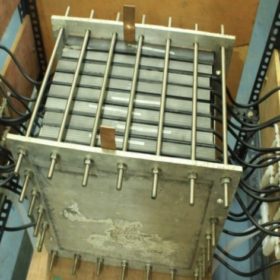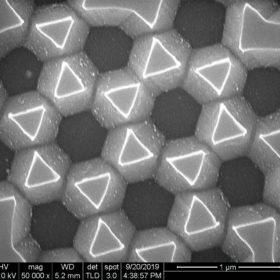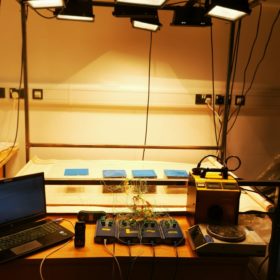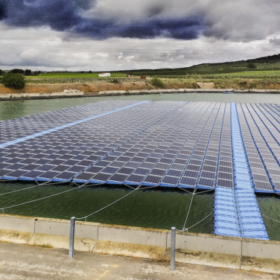Thin-film agrivoltaic solar tubes
German tech company Tube Solar AG has secured €10.8 million to develop its cylindrical agrivoltaic modules. The lightweight devices could also be used on roofs until now considered unsuitable for PV.
New world record for large-area organic PV module efficiency
Scientists in Germany have achieved 12.6% efficiency with a 26 sq cm organic panel and 11.7% for a 204 sq cm device. The feats were achieved with a new module layout and a slower, high-resolution, short-pulse laser structuring process.
Plasma enables smaller, more powerful NMC-811 cathodes
Batteries could shrink even more with smaller crystals in the cathodes. Battery packs in electric vehicles and consumer goods could become smaller, while still offering high performance.
From tandem cell to double absorber for 34.45% efficiency
Scientists in the United States theorize that a ‘double absorber’ cell comprising two active thin-film layers within one cell stack could achieve impressive efficiencies, whilst eliminating many of the challenges inherent to the design of tandem cells. For now though, it’s only on paper.
Tandem cells head outdoors
Scientists in Saudi Arabia headed outdoors to test the effects of the region’s high desert temperatures on the performance of small perovskite-silicon tandem cells in several different configurations. Their findings could offer new insight into selecting the best materials for long-term stability in the field.
Vanadium redox flow battery for storage of wind and solar power
Researchers in India have developed a 5 kW/25 kWh vanadium redox flow battery with an energy density of 30 watt-hours to 40 watt-hours per liter.
Nanostructures for ultrathin flexible wafer
Scientists in South Korea combined two processes to etch a nanostructure of tiny pyramids onto the surface of a silicon wafer. As well as trapping more light and increasing the cell efficiency, the group claims that its nanostructure improves the mechanical flexibility of the cells. This could potentially allow for the use of much thinner silicon wafers than is currently possible in production.
Cooling PV panels with seawater
An Anglo-Egyptian research group has developed a passive cooling method based on saturated activated alumina, with saline water as a cooling agent.
How long will the lithium supply last?
Researchers have sounded the alarm. If no serious efforts are made on second-life battery use, recycling and vehicle-to-grid applications, decarbonization efforts may hit the buffers a lot sooner than expected.
Mounting structures for floating PV from Spain
Spanish engineer Isigenere has developed floating PV mounting structures based on virgin high-density polyethylene and says the manufacturing process, which features plastic injection, can produce around 1 MW of the product every five days.
